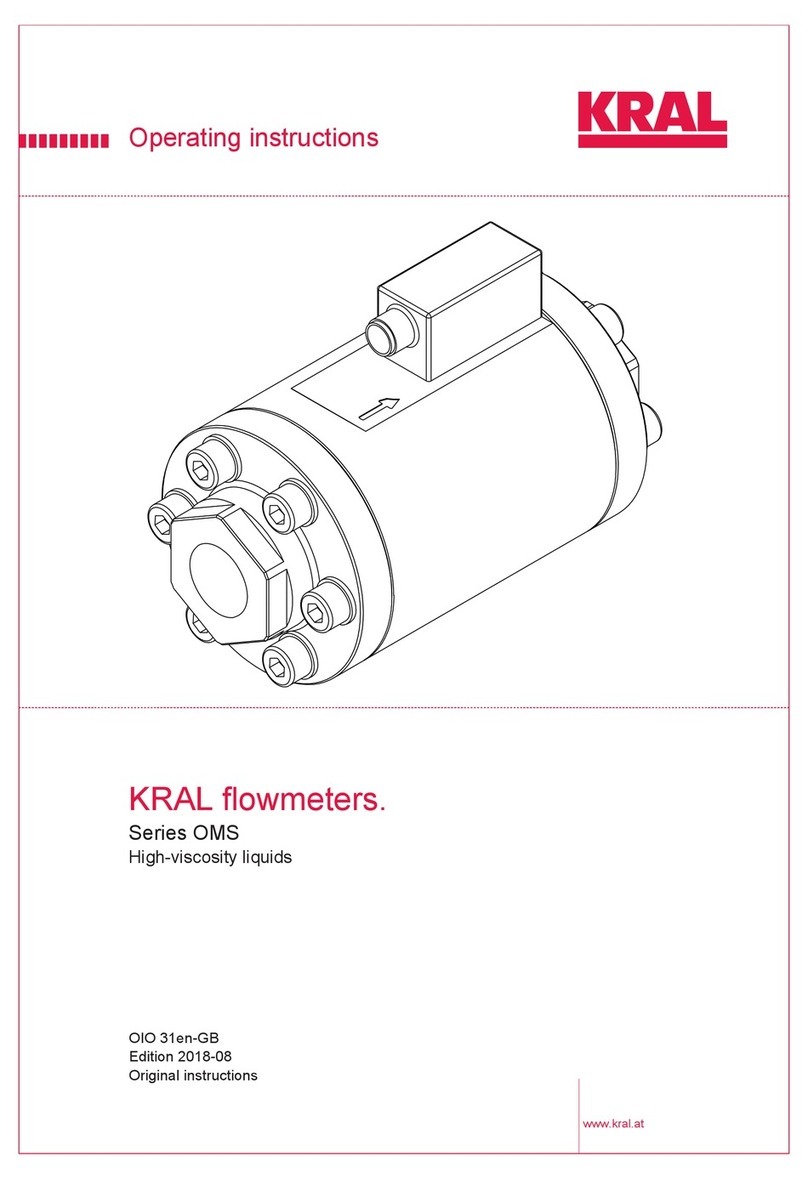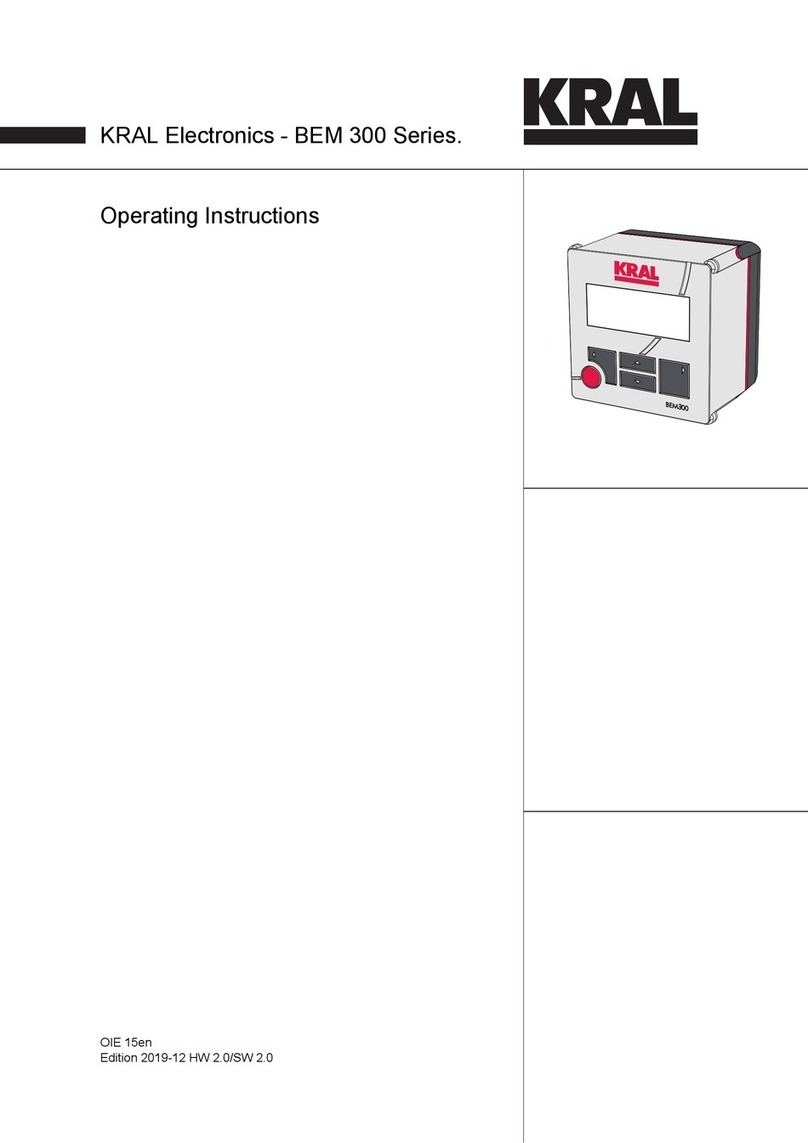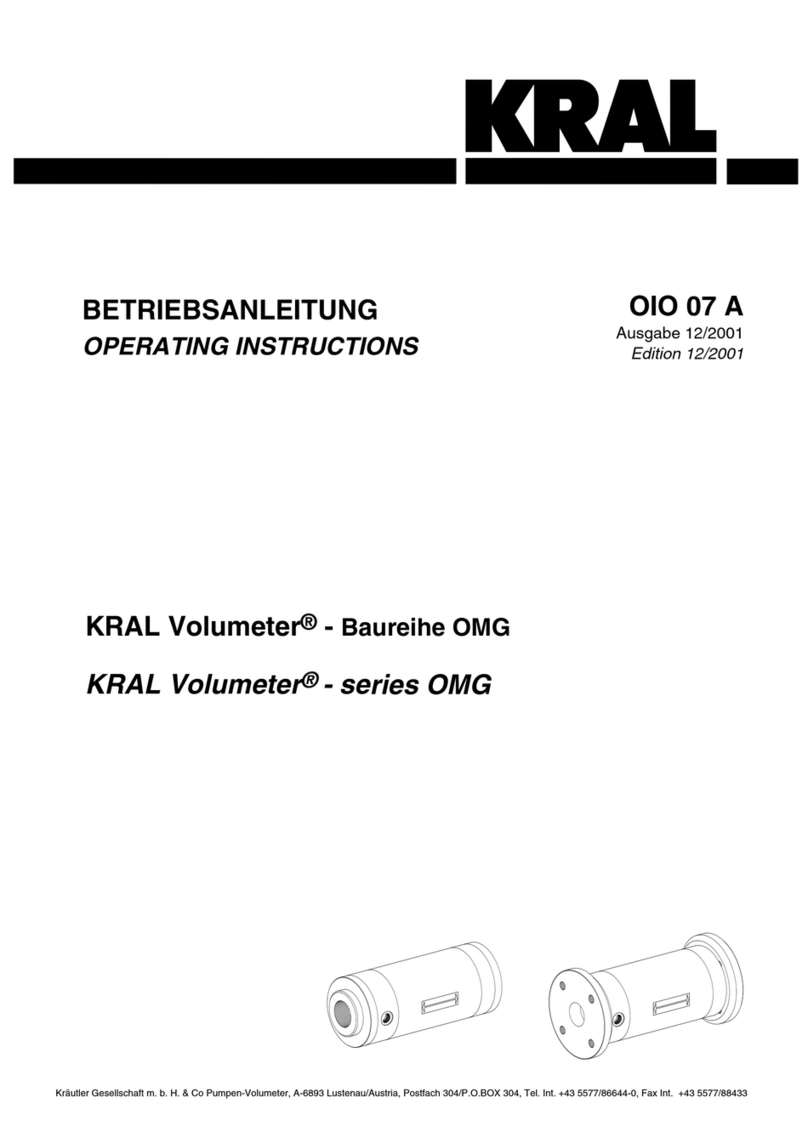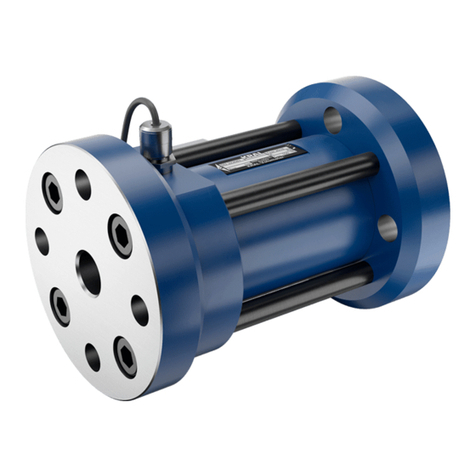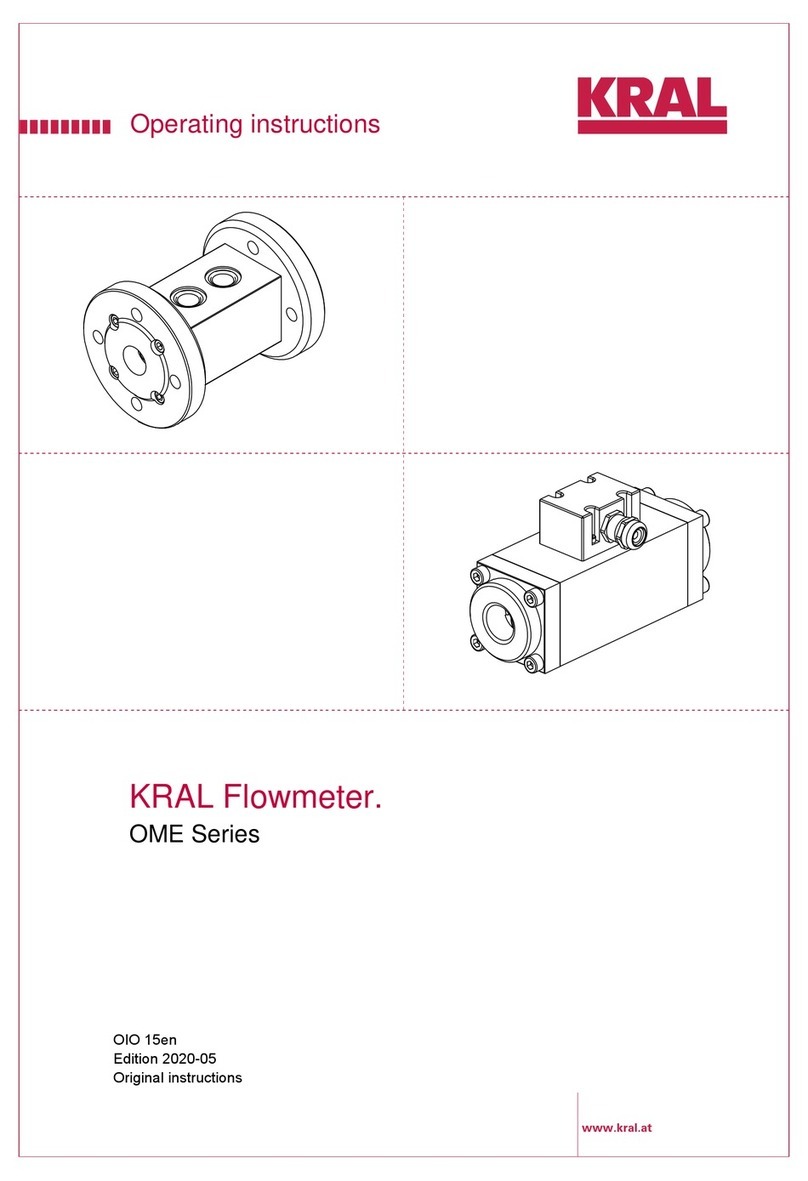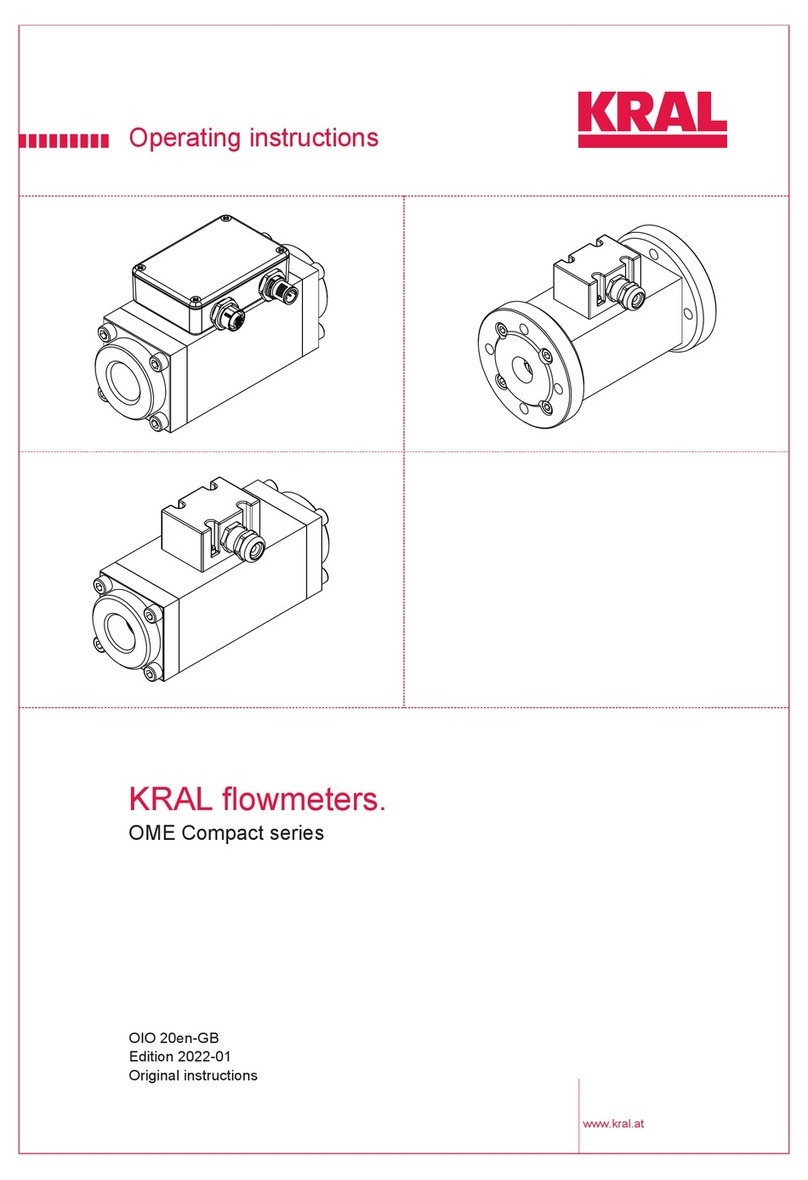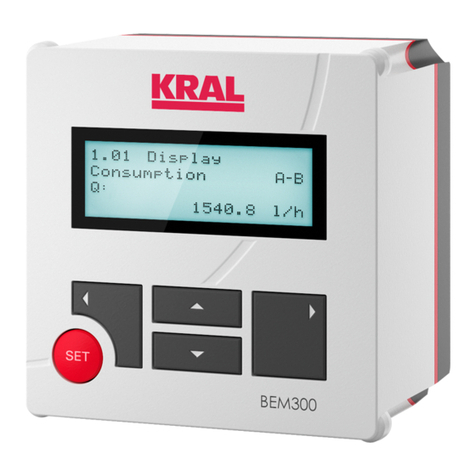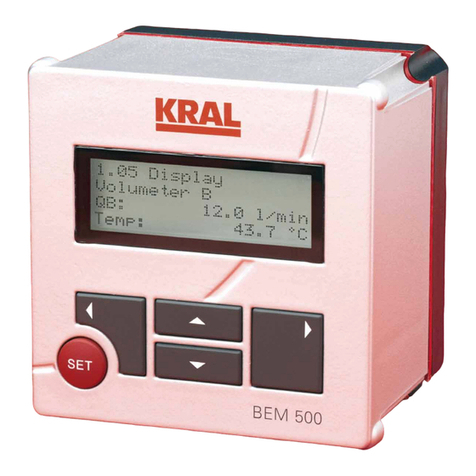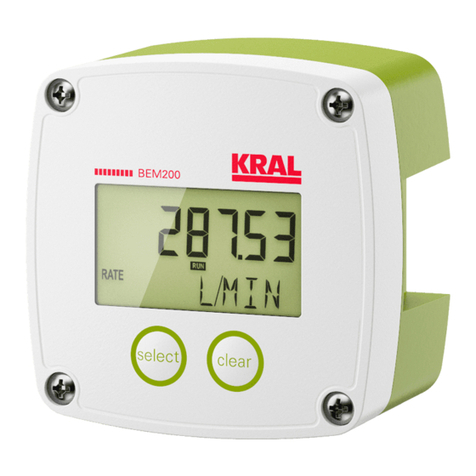
Table of contents
1 About this document ..................................................... 4
1.1 General information .......................................................4
1.2 Target groups ................................................................4
1.3 Symbols.........................................................................4
1.3.1 Danger levels ....................................................4
1.3.2 Danger signs.....................................................5
1.3.3 Symbols in this document .................................5
1.4 Associated documents ..................................................5
2 Safety .............................................................................. 6
2.1 Proper use .....................................................................6
2.2 Foreseeable misuse ......................................................6
2.3 Obligations of the operator-owner .................................6
2.4 Dangers during transportation .......................................7
2.5 Dangers during storage .................................................7
2.6 Dangers during installation ............................................7
2.7 Dangers during removal ................................................7
2.8 Dangers during connection work ...................................7
2.9 Dangers during operation ..............................................7
2.10 Dangers during servicing...............................................8
2.11 Dangers during disposal................................................8
3 Identification................................................................... 9
3.1 Type code......................................................................9
3.2 Rating plate .................................................................10
4 Technical data .............................................................. 10
4.1 Operating limits............................................................10
4.2 Pressure pulsation.......................................................10
4.3 Maximum values..........................................................10
4.4 Substitute operating data.............................................11
4.5 Sound pressure level...................................................11
4.6 Dimensions and weights..............................................12
4.6.1 Pipe thread (BSPP thread) .............................12
4.6.2 DIN flange .......................................................12
4.7 Pressure bearing capacity ...........................................13
4.7.1 Pressure bearing capacity OMS-020 ..............13
4.7.2 Pressure bearing capacity OMS-032 ..............14
4.7.3 Pressure bearing capacity OMS-052 ..............15
5 Function description.................................................... 16
5.1 Structure ......................................................................16
5.2 Functional principle......................................................16
5.3 Rolling bearings...........................................................16
5.4 Signal generation.........................................................17
5.5 Linearization ................................................................17
5.6 Temperature compensation.........................................17
5.7 Recognition of flow direction........................................17
6 Transportation, storage............................................... 18
6.1 Dangers during transportation .....................................18
6.2 Dangers during storage ...............................................18
6.3 Unpacking and checking the state of delivery .............18
6.4 Transporting flowmeters ..............................................18
6.5 Storing the flowmeter...................................................19
6.6 Preservation ................................................................19
6.6.1 Preservation table ...........................................19
6.6.2 Preserving the inner surfaces .........................20
6.6.3 Preserving the outer surfaces .........................20
6.6.4 Removing the preservation .............................20
7 Installation, removal......................................................21
7.1 Dangers during installation ..........................................21
7.2 Dangers during removal...............................................21
7.3 Installing the flowmeter ................................................21
7.3.1 Protecting the flowmeter against soiling ..........21
7.3.2 Installation types..............................................22
7.3.3 Installation recommendation............................23
7.3.4 Installing the flowmeter....................................24
7.4 Removing the flowmeter ..............................................24
8 Connection.....................................................................25
8.1 Dangers during connection work .................................25
8.2 Connecting the flowmeter to the pipe system ..............25
8.3 Connecting the pick up ................................................26
9 Operation........................................................................26
9.1 Dangers during operation ............................................26
9.2 Commissioning ............................................................26
9.2.1 Cleaning the pipe system ................................26
9.2.2 Checking the function ......................................27
9.2.3 Commissioning the flowmeter .........................27
9.3 Decommissioning.........................................................28
9.3.1 Switching off the flowmeter..............................28
9.4 Recommissioning.........................................................28
9.4.1 Recommissioning the flowmeter......................28
10 Maintenance...................................................................29
10.1 Required maintenance.................................................29
10.2 Maintaining flowmeters ................................................29
10.3 Recalibration of the flowmeter .....................................29
11 Servicing ........................................................................30
11.1 Dangers during servicing .............................................30
11.2 Replacing seals and bearings......................................30
11.2.1 Removing seals and bearings OMS-020/
OMS-032 .........................................................30
11.2.2 Installing seals and bearings OMS-020/
OMS-032 .........................................................31
11.2.3 Removing seals and bearings OMS-052.........32
11.2.4 Installing seals and bearings OMS-052...........34
12 Disposal..........................................................................35
12.1 Dangers during disposal ..............................................35
12.2 Dismantling and disposing of the flowmeter ................35
13 Troubleshooting ............................................................36
13.1 Possible faults..............................................................36
13.2 Troubleshooting ...........................................................36
14 Spare parts.....................................................................38
14.1 Spare parts ..................................................................38
15 Accessories ...................................................................40
15.1 Heating.........................................................................40
15.1.1 Possible types of heating.................................40
15.1.2 Technical data of the electrical heating system
.........................................................................41
15.1.3 Technical data of the fluid heating system ......41
15.1.4 Installing the heating system ...........................41
15.2 Junction box.................................................................43
15.2.1 Function description ........................................43
15.2.2 Technical data .................................................43
15.2.3 Installing the junction box ................................43
2OIO 30en-GB Edition 2019-04 Operating instructions
